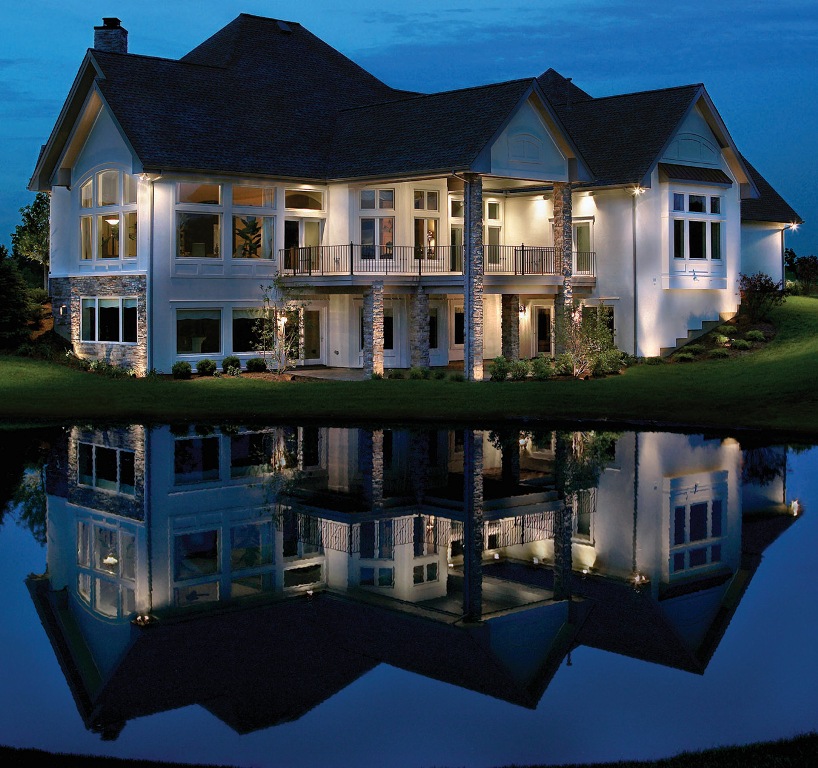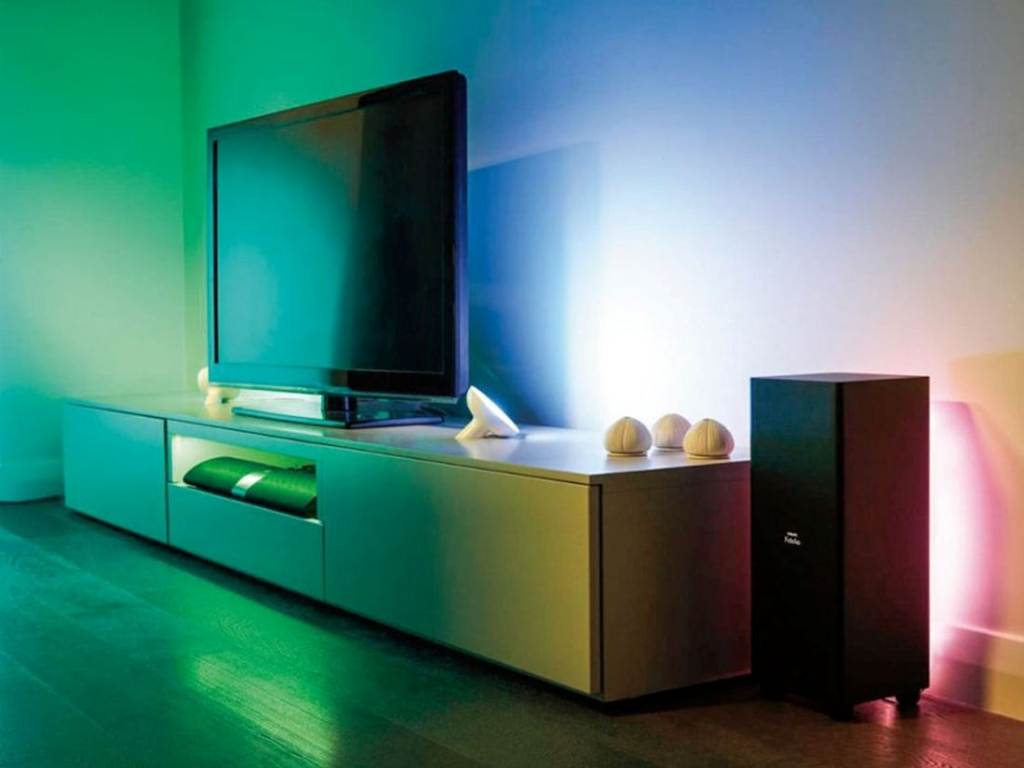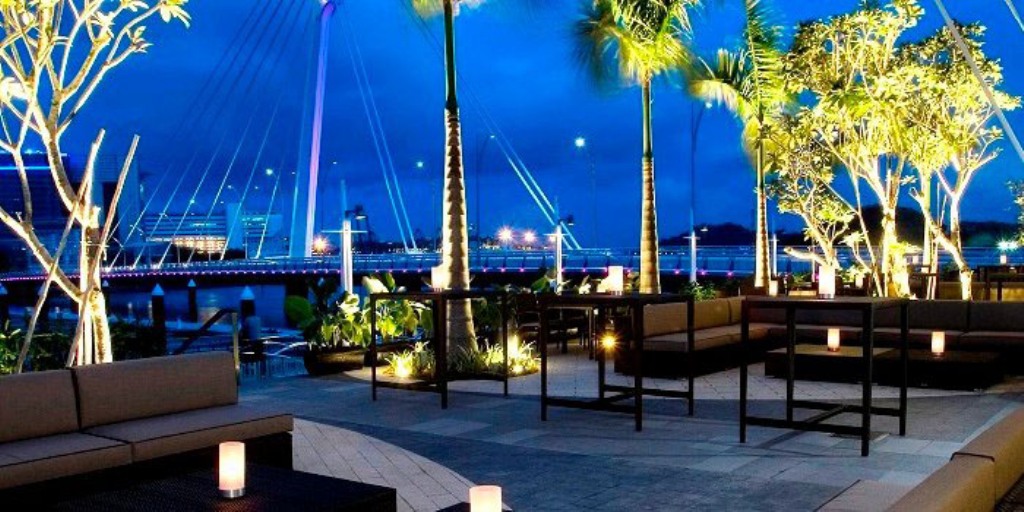11 Benefits Of Using LED Lights For Your Home And Business
You’ve no doubt heard of LED lights. Maybe you already have LED Christmas lights or a lighted decoration with LEDs in it.
But how do they work inside your home? And are they really beneficial?
The Energy Independence and Security Act of 2007 says that all residential light bulbs have to be 25% more efficient. For regular incandescent bulbs, that’s not possible without making them dimmer.
That makes it more important to find energy-efficient bulbs that fit your needs. LEDs come in strong compared to other options, including compact fluorescent bulbs (CFLs).
LEDs used to be expensive, but they’re much more affordable now. They also come with plenty of perks that you may not realize.
Below we cover 11 ways using LED lights can benefit you at home and in your business.
1. Reduced Energy Use
Compared to incandescent bulbs, LEDs are about 90% more efficient in light production. That energy efficiency means more of the energy the bulb uses goes into producing light rather than heat.
Incandescent bulbs are the opposite. The majority of their energy gets turned into heat instead of light. That heat is wasted energy since it doesn’t serve any purpose, other than to burn your finger if you touch the light bulb.

Because the LED bulbs are so much more energy-efficient, you’ll save on your electric bill when you switch. It may not seem like much, but over time it can really help your energy bill.
You can also feel better about using less energy. It’s your little way of helping out the environment by reducing your energy consumption.
2. Longer Bulb Life
Do you feel like you’re constantly changing burnt-out light bulbs? Incandescent bulbs don’t last very long. The typical lifespan is about 1,000 hours.
You can expect about about 1,000 hours the lifespan from LED bulbs compared to incandescent bulbs. They usually last around 25,000 hours. Some are rated to last much longer, such as 50,000 hours.
A CFL bulb lasts longer than an incandescent at about 10,000 hours of use. But it’s still significantly shorter than the lifespan of an LED.
That long lifespan makes less work for you, especially in commercial environments. Your maintenance crew can spend a lot of time replacing traditional light bulbs, especially when you have a large facility.
With LEDs, you won’t have to change light bulbs very often. This lowers the amount of time you put into maintenance.
It can lower your maintenance costs. You’ll spend less money paying your crew to change light bulbs, and you’ll spend less on buying replacement bulbs.
You get those same benefits at home on a smaller scale. You’ll save money on buying light bulbs in the long run even though LEDs cost more initially than incandescents. You also don’t have to waste time changing light bulbs all the time.
3. Cool to the Touch
Have you ever touched an incandescent bulb after it’s been on for a while? You likely ended up with a burn or at least a painful reminder of how hot light bulbs get.
About 90% of the energy of an incandescent bulb turns into heat. With CFLs, it’s about 80% of the energy that turns to heat. That means both of those light bulb types get unnecessarily hot.
LEDs eliminate that pain and the safety issues that come with a hot bulb. The energy efficiency means it can produce light without wasting energy as heat.
They create essentially no heat while running, even if you leave the lights on for hours. That means you can touch it if you need to without getting a severe burn.
It also makes your home a little safer by reducing the risk of a fire. If a soft material comes into contact with the bulb, it won’t catch on fire like it would with a hot incandescent bulb.
4. Durable Construction
Think about how easily a traditional bulb breaks. If you drop an incandescent bulb, it’ll likely shatter.
LED bulbs are made using much stronger materials. Instead of using a delicate filament or neon gas to produce light, an LED uses solid materials. That means it doesn’t need the glass bulb to protect it like traditional filament bulbs.
The construction method and materials make them more durable than other bulb types and better suited for harsher environments.
The lights can typically withstand harsh weather elements. They work even in extreme temperatures when other bulb types may not work or may take longer to work. This allows them to work in refrigerated spaces.
They can also handle shocks and vibrations, so they’re suitable for a variety of places where they might get moved around frequently.
5. No Waiting for Light
Some bulbs take a while to reach their full brightness once you flip on the switch. Fluorescent bulbs are notorious for sometimes taking several minutes to get to maximum brightness.
That’s not the case with LED bulbs. They turn on instantly and are immediately at their full brightness.
That makes LEDs more appealing to use. You don’t have the annoying dim period where the bulb warms up to its full potential. You get instant brightness, so you can get your work done.

You also don’t have to worry about turning LEDs on and off frequently. It won’t reduce their lifespan as it does with halogen bulbs and other low-energy options.
6. Directional Lighting
With incandescent lights, the illumination shines in all directions. That can result in a lot of wasted light.
You don’t need to light the space above your ceiling light fixture. You need the light focused down on work surfaces or spaces where you work and live.
With traditional bulbs, you need reflectors and diffusers to get the light where you want it. While those extra parts work in directing illumination, a lot of the light gets stuck within the fixture, so it’s much less efficient.
LED lights offer directional lighting to aim the illumination where you want it without the need for reflectors. This reduces wasted light. It offers more concentrated light where you need it instead of lighting areas that don’t really matter.
This can be especially helpful in business settings where you need focused light for safety and efficiency. Your employees need enough task lighting to see what they’re doing.
It also works well in recessed lights and other downlight fixtures, as well as task lighting at home.
By offering the concentrated, directional lighting, LEDs reduce the need for so many lights. This can cut down on your energy use even more.
7. Light Color Options
Have you ever noticed some light bulbs look different than others? That’s because they come in different light temperatures, which affects how they look. The light color from LEDs ranges from soft white to daylight.
Having that range of colors lets you customize the look of your space. There’s no right or wrong LED color temperature to choose from, but you’ll get a different look and feel from them.
Soft white bulbs range from 2,700 to 3,000 Kelvin and produce a yellowish light with a warm feeling. They work well when you want a cozy, welcoming feeling, such as in a den or bedroom.
Warm white bulbs come in at 3,000 to 4,000 Kelvin. This temperature moves more toward the white light range, leaving you with a yellowish-white color.
This type of bulb is usually recommended for kitchens and bathrooms. In commercial settings, it’s ideal when you want an inviting space for your clients, such as spas or boutique hotels.
Next comes your bright white bulbs with temperatures from 4,000 to 5,000 Kelvin. They produce a whitish-blue color, which makes the space feel energized and can help you feel more alert. That makes them ideal for home and commercial workspaces and kitchens.
Daylight bulbs produce a bluish color and have a temperature of 5,000 to 6,500 Kelvin. It’s a bright, crisp light and provides the best color contrast for things within the room.
It’s ideal for spaces when you need to see fine details well. At home, that might be your vanity area where you apply makeup or a reading area. In commercial settings, that could be assembly areas or other workspaces.
8. Dimmable
LED bulbs work with dimmable fixtures, which gives you better control over your lighting levels. Some LEDs can dim to as little a 5%.
Being able to dim your lights helps you create different moods. When you want bright, functional light, you can crank it up to full brightness.
When you want a more relaxing mood, you can dim the lights. This is ideal for nighttime when you want the kids to calm down for bed or when you’re trying to create a romantic feeling.
Using the lights at reduced power also uses less energy to run them. This can save you even more on your electric bills when you don’t need full brightness.
9. No Emissions
In areas where protecting materials is important, LEDs can be beneficial. That’s because they create almost no UV emissions and very little infrared light. Bulbs that create UV emissions and heat can damage your stored items.
Fluorescent bulbs produce UV emissions. While all light bulbs are considered within the safe range for UV emissions, those UV rays can cause damage to items in your home. CFLs often have a coating inside the glass that filters some of the UV rays.
Incandescent bulbs can also emit some UV light. A hotter filament in an incandescent bulb usually produces more UV light.
10. Eco-Friendly
It’s not just the energy efficiency that makes LED bulbs eco-friendly.
The bulbs eliminate toxic components, such as mercury, that are found in other bulbs. That protects the environment during and after production.
When traditional light bulbs containing mercury get tossed in the trash, they end up in the landfill. Those toxic chemicals and elements can get into the environment.

When you use LEDs, you use a lot fewer materials and send a lot less waste to the landfill because they last so long. You’re not buying new bulbs all the time, so you’re not consuming as much material.
With fewer bulbs needed, that can reduce manufacturing needs, which reduces the impact on the environment.
When you do have an LED bulb that burns out, you don’t have to toss it in the trash. They’re completely recyclable, so you can reduce the trash you produce.
You can help reduce your overall carbon footprint by switching to LEDs.
For home use, that gives you a good feeling. You know you’re doing your part to protect the environment.
For business use, being eco-friendly can be helpful for your marketing. One survey showed that 88% of people want companies to make it easier for them to live a sustainable lifestyle. In other words, being a sustainable, eco-friendly company may help you appeal to more consumers.
If being a green business is part of your corporate culture and philosophy, switching to LEDs supports that mission. You can use that along with other eco-friendly things you do to show your customers that you care.
11. Varied Bulb Options
Companies such as ShineLong offer a variety of bulb types, suitable for both residential and commercial fixtures. This makes them compatible with the types of fixtures and lights you need in your space.
LED tube lights work well in commercial settings. They brighten large spaces efficiently in the traditional tube-style commercial fixtures.
LED panel lights offer a smooth source of illumination. They come in a range of shapes and sizes suited to both home and business uses.
The different shapes let you choose a style that fits with your space. You get the best of both worlds: energy efficiency and style.
They’re also available in a wide range of specialty applications for business use. That includes street lights, parking lot lighting, outdoor landscape lighting, and refrigerator lights.
You can also get LED bulbs that replace the traditional incandescent bulbs in your lamps and ceiling fixtures. They come in all different shapes, including the smaller candelabra-style bulbs. This makes it easy to swap out your existing bulbs.
Use LED Lights
Are you ready to switch over to LED lights? You gain many benefits, both financial, environmental, and style. Check out more of our articles for additional ways to improve your home.
